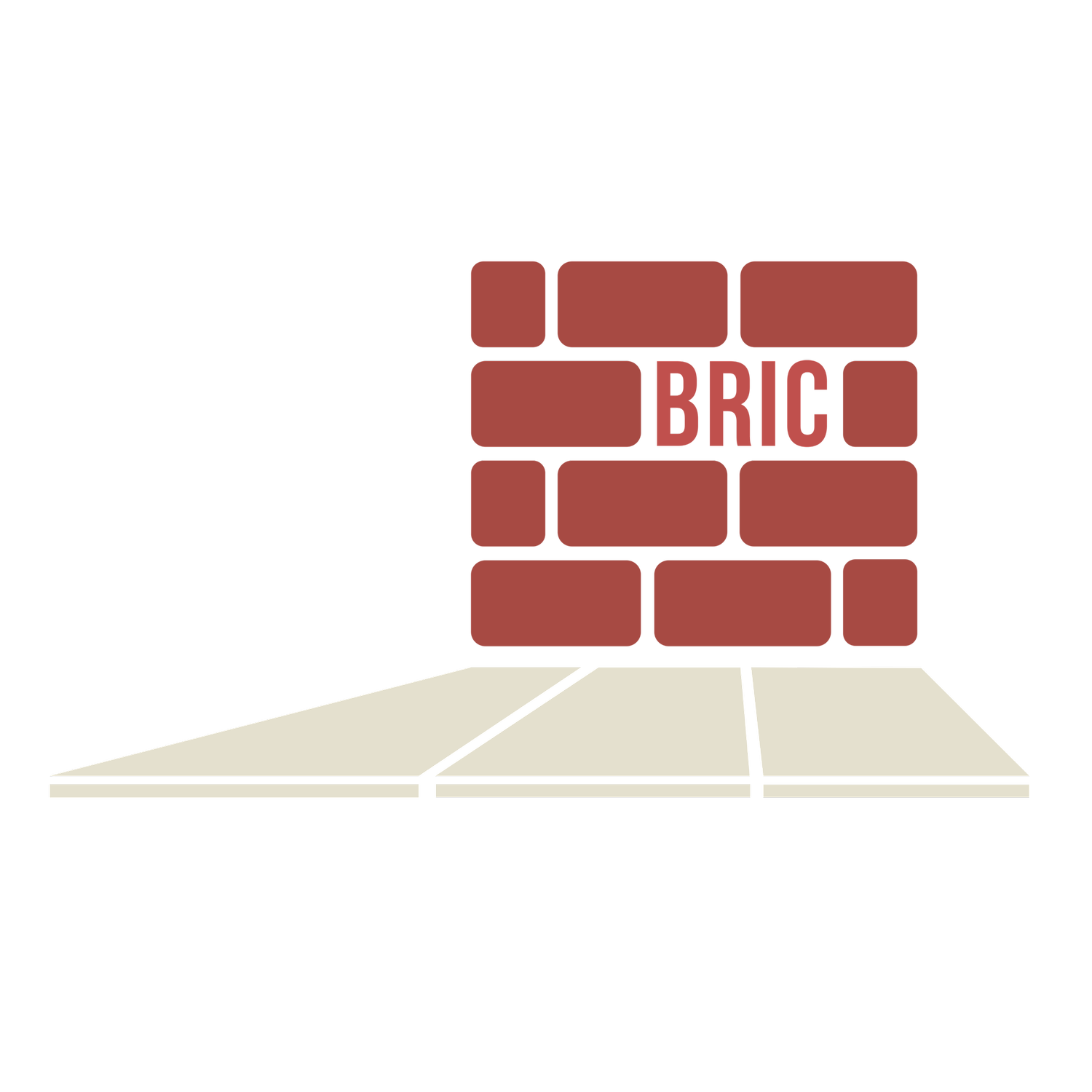The following is a curated list of films that have a direct correlation to our mission.
WE ALL LIVE HERE
We All Live Here is an exploration of the relationship between an urban university and a struggling neighborhood. For years, Temple University has been changing the face of North Philadelphia, but many longtime residents don't believe it's for the better.
This film asks what role a city university should play in its community, and initiates a conversation about how to respect and share space as genuine neighbors.
The Social Life of Small Urban Spaces
In 1980, William H. Whyte published the findings from his revolutionary Street Life Project in The Social Life of Small Urban Spaces. Both the book and the accompanying film were instantly labeled classics, and launched a mini-revolution in the planning and study of public spaces. They have since become standard texts, and appear on syllabi and reading lists in urban planning, sociology, environmental design, and architecture departments around the world.
The danger of a single story
"Our lives, our cultures, are composed of many overlapping stories. Novelist Chimamanda Adichie tells the story of how she found her authentic cultural voice — and warns that if we hear only a single story about another person or country, we risk a critical misunderstanding."
LET THE FIRE BURN
Using only archival news coverage and interviews, first-time filmmaker Jason Osder has brought to life one of the most tumultuous and largely forgotten clashes between government and citizens in modern American history. On May 13, 1985, a longtime feud between the city of Philadelphia and controversial radical urban group MOVE came to a deadly climax. By order of local authorities, police dropped military-grade explosives onto a MOVE-occupied rowhome. TV cameras captured the conflagration that quickly escalated-and resulted in the tragic deaths of eleven people (including five children) and the destruction of 61 homes. It was only later discovered that authorities decided to "...let the fire burn."
Race the House we Live in
"The House We Live In" asks, If race is not biology, what is it? This episode uncovers how race resides not in nature but in politics, economics and culture. It reveals how our social institutions "make" race by disproportionately channeling resources, power, status and wealth to white people.
Pushed Out: Displacement Today and Lasting Impacts
“Pushed Out” is a short explainer video that helps paint a clearer picture of displacement and its long-term impacts.
Why an explainer video on displacement? Displacement is a misunderstood crisis, and there are a few key things often missing when we talk about it…
For starters, displacement happens in many different ways – we can’t effectively fight it until we learn to recognize it in all its forms. Displacement is not just evictions, but also lots of other pressures that force people to move. And displacement is not just a one-time unfortunate event -- it has long-lasting impacts for families and their opportunities, with low-income people and people of color often being hardest hit.
We need to help ensure that as new investments take shape across our cities and regions, these investments generate healthy and equitable opportunities for everyone.
Gentrification Explained
“Gentrification Explained” is a short video that unpacks what gentrification really means, getting beyond the buzzword. The video addresses what led to gentrification, what gentrification looks like on the ground, and the impact of gentrification on communities, including displacement.
A City Divided: Philadelphia’s Energy Hub
This is a 16-minute documentary film about controveries around turning Philadelphia into a so-called "energy hub", a term first used by oil and gas companies 3 years ago to boost fossil fuel production in the Philadelphia region by building new pipelines and expanding existing infrastructure.
THIS CHANGES EVERYTHING
Filmed over 211 shoot days in nine countries and five continents over four years, This Changes Everything is an epic attempt to re-imagine the vast challenge of climate change.
Directed by Avi Lewis, and inspired by Naomi Klein’s international non-fiction bestseller This Changes Everything, the film presents seven powerful portraits of communities on the front lines, from Montana’s Powder River Basin to the Alberta Tar Sands, from the coast of South India to Beijing and beyond.
Interwoven with these stories of struggle is Klein’s narration, connecting the carbon in the air with the economic system that put it there. Throughout the film, Klein builds to her most controversial and exciting idea: that we can seize the existential crisis of climate change to transform our failed economic system into something radically better.
Available on iTunes.
The Power of vulnerability
Brené Brown studies human connection — our ability to empathize, belong, love. In a poignant, funny talk, she shares a deep insight from her research, one that sent her on a personal quest to know herself as well as to understand humanity. A talk to share.
HAPPY
Happy is a 2011 feature documentary film directed, written, and co-produced by Academy Award nominated film-maker Roko Belic. It explores human happiness through interviews with people from all walks of life in 14 different countries, weaving in the newest findings of positive psychology.
Available on Netflix.
Mass incarceration in the us
SHOW ME A HERO
Show Me a Hero is a 2015 American miniseries based on the 1999 nonfiction book of the same name by former writer, Lisa Belkin. As in the book, the miniseries details a white middle-class neighborhood's resistance to a federally mandated scattered-site public housing development in Yonkers, New York, and how these tensions affected the city as a whole. The miniseries was written by David Simon and journalist William F. Zorzi – whom Simon worked with at The Baltimore Sun and on The Wire. It was directed by Paul Haggis.














